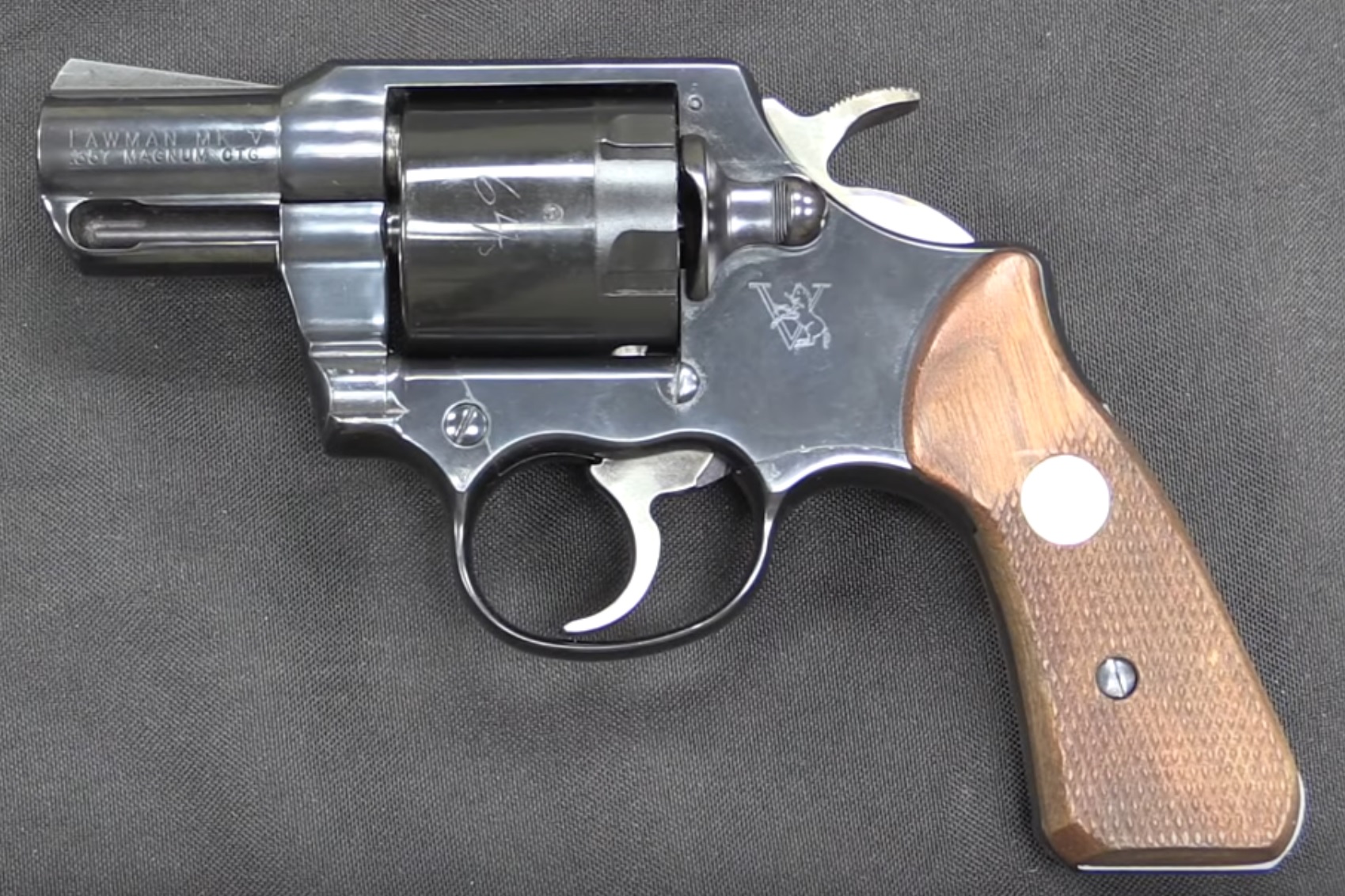The Federal Flight Deck Officer Program allows pilots to carry guns in the cockpit “to defend against an act of criminal violence and air piracy while attempting to gain control of an aircraft.”
The program is authorized by the 2001 Arming Pilots Against Terrorism Act and is run by the federal air marshal service. It was expanded to include cargo pilots in December 2003. Deputizing some pilots with firearms training as law enforcement officers with limited jurisdiction (aircraft while they are on duty) was part of the response to the terrorist attacks on September 11, 2001.
The program has had its detractors, often citing incidents such as US Airways flight 1536 from Denver to Charlotte on March 24, 2008, where a pilot’s gun fired while being stowed, piercing the cockpit and tearing a hole in the side of the aircraft. Similarly, in 2011 a JetBlue pilot’s bag holding a gun was accidentally picked up by a passenger, and in 2015 a United pilot disposed of ammunition in the trash and flushed it down the toilet on a Houston – Munich flight.
While the Federal Flight Deck Officer Program has had its scrapes and embarrassments, its record remains better than that of the Federal Air Marshal Program. Indeed frustrations with the air marshals are the reason that these post-9/11 efforts to arm pilots were hardly the first time this was considered.
Eastern Airlines commissioned a Colt revolver in the 1970s to combat hijackings. The charge was to develop a special revolver that wouldn’t cause problems for the aircraft if they penetrated the plane’s skin or its windows. They developed bullets made of plaster of Paris.
Colt started with MkIII and MkV Lawman snub-nosed revolvers, and replaced the cylinders with a new one made of Zytel, with six steel sleeves installed. Each sleeve held a sealed cartridge, with a plaster bullet inside a sabot (the plaster was brittle enough that engaging rifling would shatter it). The cylinder was disposable, meant to be discarded when empty.

Only a handful of prototypes were made, because Eastern Airlines was ultimately pressured to accede to use of the Sky Marshal Division of the U.S. Marshals Service instead.
(HT: Dan R.)


You sure hate those FAMS!
Interesting tidbit. Thanks.
Eastern Airlines was a huge player in every aspect of US commercial aviation for many decades. The fact that they commissioned this pilot gun program does not surprise me at all. Eastern ended badly, but for most of its existence, it was a great airline.
Charlie. 100% correct. I was sho led to hear Eastern was the only airline that did this. I had hoped for Pan Am and TWA to do the same. What a shame they didn’t since those two airlines were also aviation pioneers.
As if a bullet going through the fuselage would hurt anything. You wouldn’t even notice. Too many “experts” lol saying the airplane would explode if a single shot went off.
Gary,
Do you know ANYTHING about guns, bullets or airplanes?
(I do. I am VERY experienced in all three)
A bullet will NOT harm a pressurized aircraft (but the un-educated “reporters” think they do)
I realize you are only “reporting” what you were told, but it is “fake news”.
Do some research, BEFORE you publish.
Did you know Airmail Pilots were REQUIRED to carry a firearm (starting in 1922)?
Thank you,
Paul